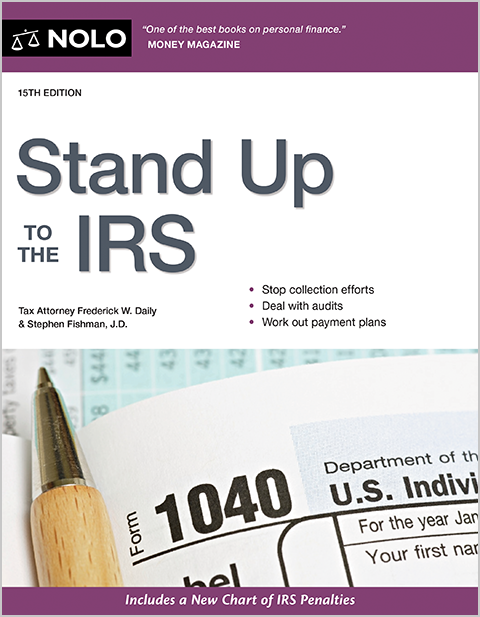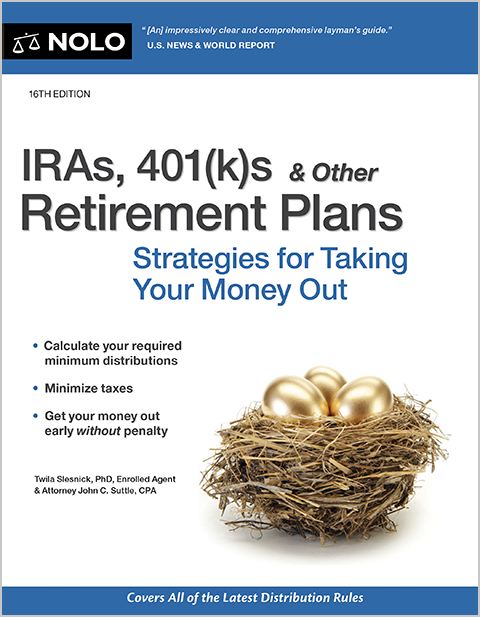Here are the basic rules on state income tax withholding for employees.
If your small business has employees, you'll need to withhold and pay taxes, such as state income tax, on their salaries in most states. You must withhold the applicable tax from your employees' paychecks and pay it to the state taxing authority. Each state has its own income tax withholding forms and procedures. These taxes are in addition to withholding federal income tax for those same employees.
However, some states, like Texas and Florida, don't have a personal income tax. If you have a small business with employees in one of those states, you don't need to withhold state income tax on their wages. But you will still need to withhold federal income tax for those employees.
What Is Tax Withholding?
Again, businesses with employees generally must withhold money from their employees' paychecks to pay taxes, such as federal, state, and local taxes. The amount deducted depends on various factors. The business sends the taxes directly to the taxing entity.
Types of Withholding Taxes
Withholding taxes are also called "payroll taxes" or "employment taxes."
Federal Payroll Taxes
Federal payroll taxes consist of:
- Social Security and Medicare taxes, also known as "FICA," under the Federal Insurance Contributions Act
- unemployment taxes, also known as "FUTA," under the Federal Unemployment Tax Act, and
- federal income taxes, also known as "FITW" (Federal Income Tax Withholding).
State Payroll Taxes
Employers in every state must pay and withhold certain kinds of state payroll taxes. These taxes generally include:
- state unemployment compensation taxes in all states
- state income tax withholding in most states, and
- state disability taxes in a few states.
Do All States Have Income Taxes?
All states except Alaska, Florida, Nevada, South Dakota, Tennessee, Texas, Washington, and Wyoming have income taxation. The local government, like the city or county, might also have an income tax. This article focuses on state income taxes.
What Is the Purpose of Withholding Tax?
The reason for withholding tax is to ensure your employees pay their income taxes. The United States has a pay-as-you-go tax collection system, meaning taxpayers pays taxes as they earn money. This system avoids sending a large tax bill to taxpayers at the end of the tax year.
Get an Employer Identification Number (EIN) for Your Small Business
With rare exceptions, you'll need a federal employer identification number (EIN) if your small business has employees working in the United States. You should get your EIN as soon as possible and, in any case, before hiring your first employee.
The IRS issues EINs, and you'll need one first and foremost for federal taxes. In addition, some states use the federal EIN for state withholding tax purposes. Other states, like California, issue separate state tax ID numbers.
You can apply for an EIN at the IRS website. Generally, if you apply online, you will receive your EIN immediately.
Register Your Business With the State
In some states, you'll need to register with the relevant department. For example, in California, you must register with the Employment Development Department. In other states, you have to establish an account with another government department, like the Tax Commission (Oklahoma), the Department of Revenue (Georgia, Indiana, Pennsylvania), the Department of Finance and Administration (Arkansas), or another department.
In many cases, you can register online. Some states still allow paper registration.
Have New Employees Complete Form W-4
All new employees for your business must complete a federal Form W-4. You can download blank W-4s from the IRS. Keep the completed forms on file at your business and update them as necessary.
Your state might also require a particular form or forms. In California, for example, a new employee might also need to complete the related California Form DE 4, Employee's Withholding Allowance Certificate. Form DE 4 is used in relation to California Personal Income Tax (PIT) withholding.
Georgia, for instance, requires Form G-4, State of Georgia Employee's Withholding Allowance Certificate. Otherwise, if an employee doesn't provide a Form G-4, you must withhold tax as though the employee is single with zero allowances.
As another example, Arkansas requires new employees also to complete one of two related Arkansas forms: Form AR4EC, Employee's Withholding Exemption Certificate, or Form AR4ECSP, Employee's Special Withholding Exemption Certificate.
You Might Have to Report New Hires to the State
In some states, you must report all new or rehired employees to the state within a specific time of their start-of-work date.
Make Scheduled Withholding Tax Payments
Then, you'll have to make withholding tax payments according to the schedule that the state requires. For example:
- California has four possible payment schedules for withholding taxes: next-day, semi-weekly, monthly, or quarterly.
- Georgia has five possible payment schedules for withholding taxes: next-business-day, semi-weekly, monthly, quarterly, or annually.
- In Pennsylvania, four possible payment schedules are in place for withholding taxes: semiweekly, semimonthly, monthly, or quarterly.
- Arkansas has two possible payment schedules (filing statuses) for withholding taxes: monthly or annually.
- In Indiana, there are four possible payment schedules for withholding taxes: early filer, monthly, quarterly, or annually.
- Oklahoma has three possible payment schedules for withholding taxes: semi-weekly, monthly, or quarterly.
Your payment schedule generally depends on the average amount you withhold from employee wages over time. The more you withhold, the more frequently you'll probably need to make withholding tax payments.
File Scheduled Withholding Tax Returns and Reports
Apart from making scheduled tax payments, businesses typically also must file withholding tax returns and reports on a schedule, like quarterly. Quarterly returns are generally due on or before the last day of the month following the close of the quarter:
- first quarter (January – March) would be due April 30
- second quarter (April – June) would be due July 31
- third quarter (July – September) would be due October 31, and
- fourth quarter (October – December) would be due January 31.
But the schedule might be different in your state. And, in most cases, as with tax payments, for any return due date that falls on a Saturday, Sunday, or legal holiday, the due date is typically extended to the next business day.
Annual Reconciliation Might Be Required
After the end of the year, you must provide each employee with a Form W-2, Wage and Tax Statement, which summarizes the employee's wages and withheld taxes for the past year. The federal government and many other states also require employers to file an annual reconciliation after the end of the year. For the federal government, this form is generally IRS Form W-3 with copies of Form W-2s included.
The annual reconciliation, where required, is in addition to the requirement to provide each of your employees with a federal Form W-2 summarizing the employee's withholding for the year.
Independent Contractors Aren't Employees
This article is only concerned with employees, not independent contractors. In general, different tax rules apply to independent contractors.
Using a Payroll Service Company
You might decide that it's easier to hand over responsibility for payroll, including withholding taxes, to an outside payroll service. If so, keep in mind that your business, or even you personally, may still be held directly responsible for mistakes made by an outside payroll company.
The IRS recommends that employers do the following.
- Keep your company address on file with the IRS (instead of the payroll service provider's address). That way, the IRS will contact your business if any problems arise.
- Require that your payroll service provider to post a fiduciary bond to cover any penalties and interest in case it defaults on its obligation.
- Ask the service provider to enroll in and use the Electronic Federal Tax Payment System (EFTPS) so you can confirm the payroll service provider made payments on your behalf.
Getting Additional Information About Business Taxes
This article touches on the basic elements of employee withholding taxes. Avoid possible penalties for making mistakes by checking both the IRS and your state's tax department websites for the latest information.
You also can get more information about small business tax issues in other articles here on Nolo.
Talk to a Tax Attorney
Need a lawyer? Start here.
How it Works
- Briefly tell us about your case
- Provide your contact information
- Choose attorneys to contact you
- Briefly tell us about your case
- Provide your contact information
- Choose attorneys to contact you

